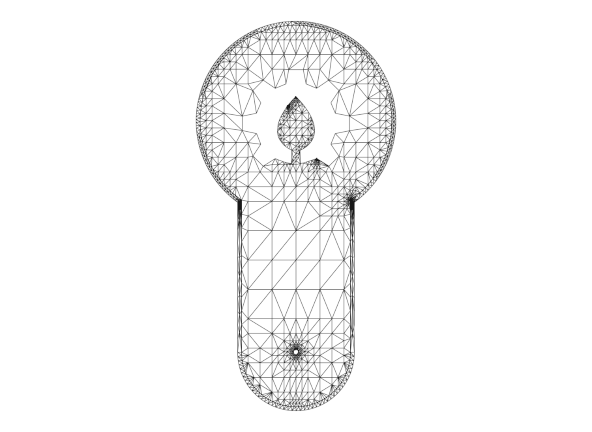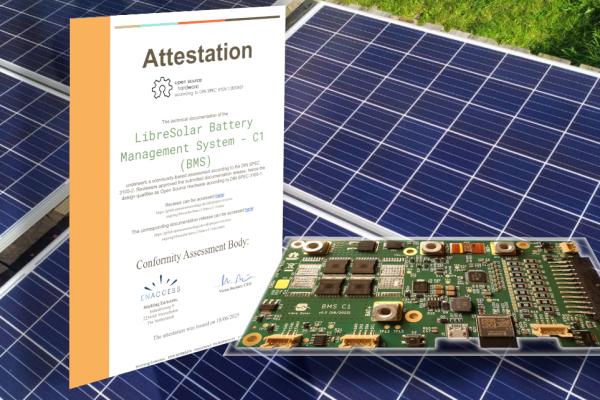This article is taken from our Open Source Hardware brochure. There is often confusion about intellectual property, which is why we want to shed some light on the subject. What needs to be licensed and what can be licensed at all.
A distinction can be made between three types of intellectual property.
- The trademark of the project or company
- Things that are protected by copyright
- New technical contexts and ideas of the project
Trademark protection / “Trademark”
The trade mark is the most important protection for the product. It identifies the manufacturer. Even if others can use the knowledge and manufacture the same product, they may not use the same trade mark as long as it is registered! These can be, for example, names, logos, graphics, colours and also packaging and product designs. These make the project and the products unique and recognisable.
Copyright
By default, all creative works are protected by copyright from the moment they are created. This includes the entire documentation of the project, all images, the programming code and the CAD files (CAD = Computer-Aided Design). It only becomes free again through the open source licence. An open source licence must therefore be actively selected in order to open up the knowledge and give the community the opportunity to work with it.
New technical contexts and ideas of the project
Technical contexts and ideas are the product of innovation and the work of developers. You can try to protect them with a patent. Applying for and, above all, defending a patent are complex processes that cost a lot of money and time. A patent is intended to protect the idea for the next 20 years and thus promises the inventor a head start in development. It is rarely worth owning a patent in order to release the knowledge again.
If you publish your plans instead, the invention becomes “prior art” and can no longer be patented (“defensive publishing”). Otherwise, it would be possible for large companies to apply for a patent on an OSH project and then the inventors themselves would no longer be allowed to continue working on it. For this to work, you need a resilient timestamp, which is why git-based versioning systems, for example, are well suited for this. If the idea has already been patented, patent disputes can unfortunately still arise.
Licensing technical contexts through open source licences is not possible in this way, but it is also not necessary, as the publication in itself opens up the knowledge, as it is not protected by copyright. The only licence that refers specifically to the issue of patents is the CERN OHL, as it was written explicitly for hardware.
Sources
If you want to learn more about the topic, we recommend the book Open Source Hardware: DIY Manufacturing for Hackers and Makers by Alicia Gibb and in particular the chapter “Licensing of Open Source Hardware” by Michael Weinberg. Unfortunately, the book is not freely available, which is why we have summarised the chapter for you here.
You can also find much more detailed information in the German lecture notes by Lars Zimmermann. This also discusses the topic of open source licences in more detail, which we will look at in a later article.
Questions & comments
If you have any questions or comments, please contact us. We look forward to your feedback and maybe you know even more about the topic!





